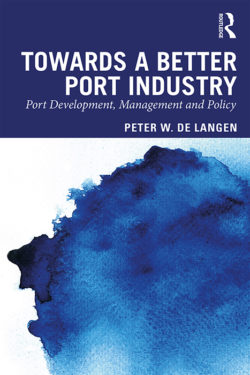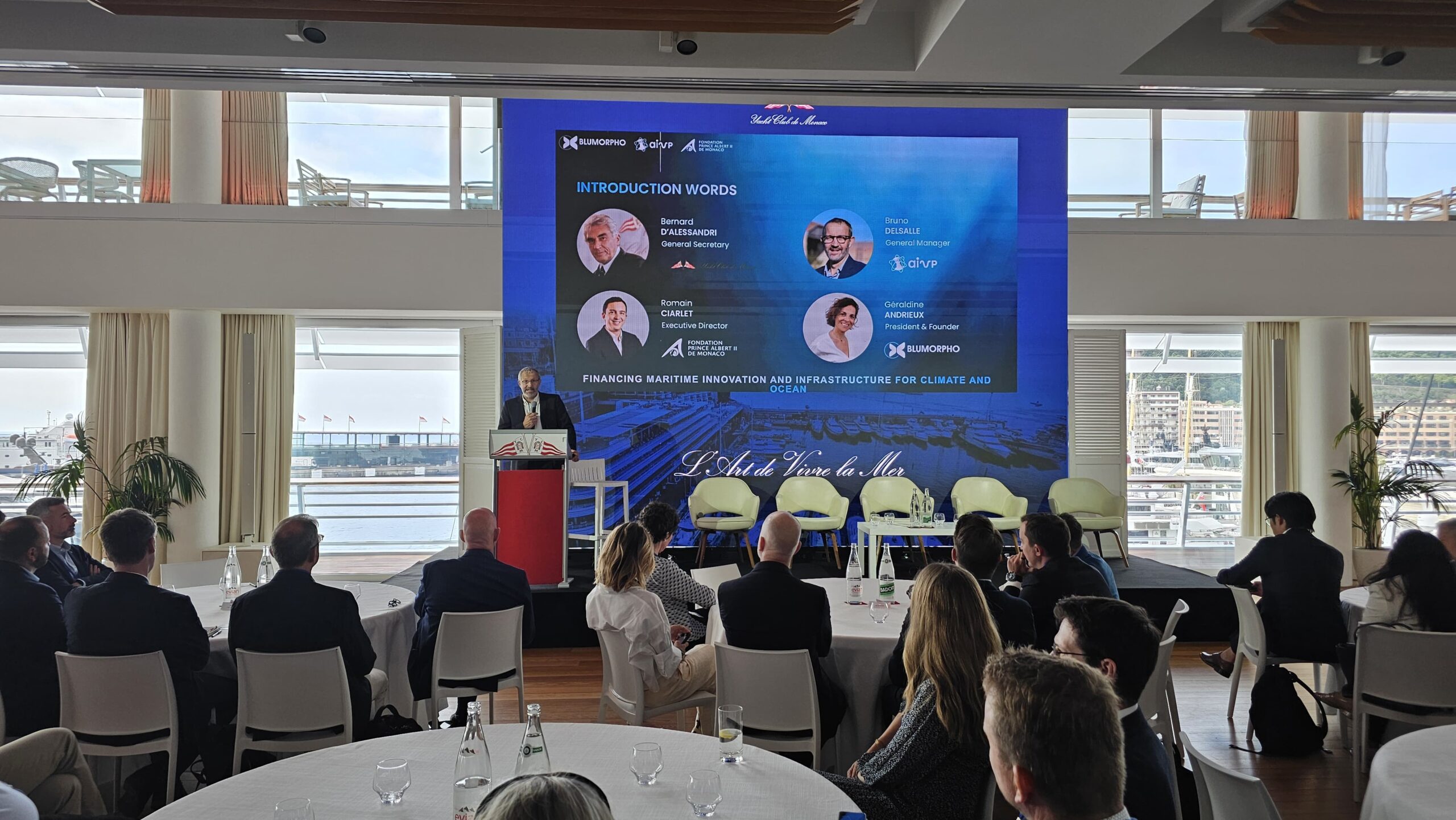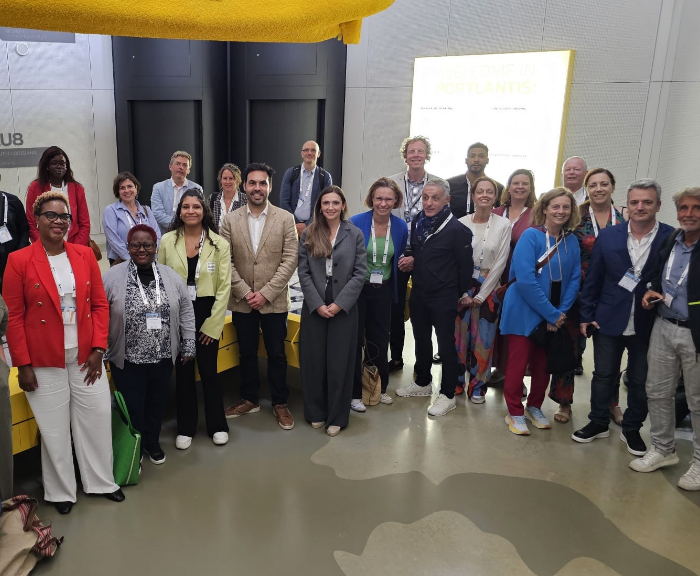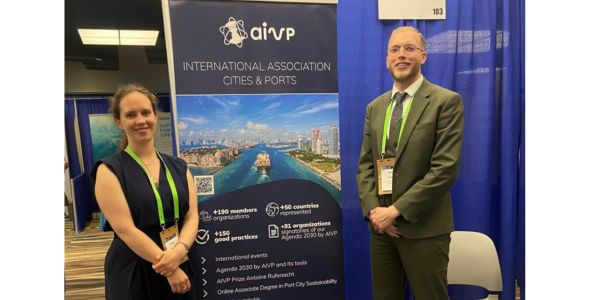Peter de Langen, one of the AIVP experts, recently published the Book Towards a Better Port Industry with Routledge. We asked Peter to relate some of the insights from his book to the current state of turmoil in the global economy and specifically global value chains and ports.
 In the book I argue that one main reason for investments without return -for society as well as users- is that decisionmakers often assume ‘business as usual’ while disruptions deeply influence global value chains and the port business ecosystem. The current Covid 19 is clearly a disruption that could not have been foreseen. The immediate impact on global supply chains is huge, with differences between segments. Oil and fuels are obviously deeply impacted as is automotive, while food is less volatile. However, in all likelihood, this crisis will accelerate some trends that were already unfolding. Especially in this environment, a deep understanding of trends and possible scenarios, both discussed in the book, is needed for successful port development.
In the book I argue that one main reason for investments without return -for society as well as users- is that decisionmakers often assume ‘business as usual’ while disruptions deeply influence global value chains and the port business ecosystem. The current Covid 19 is clearly a disruption that could not have been foreseen. The immediate impact on global supply chains is huge, with differences between segments. Oil and fuels are obviously deeply impacted as is automotive, while food is less volatile. However, in all likelihood, this crisis will accelerate some trends that were already unfolding. Especially in this environment, a deep understanding of trends and possible scenarios, both discussed in the book, is needed for successful port development.
For some ports, the Covid pandemia may be a kind of turning point, in the sense that they develop ports more as ‘business ecosystems’ -a second theme discussed in the book– and less as ‘infrastructure to accommodate freight flows’. Ports can attract activities such as circular (recycling and ‘upcycling’), sustainable energy, leisure and those related to the ocean economy to their business ecosystems. Such activities make the ecosystem more diverse and thus resilient to external shocks. While some ports have successfully embraced this approach, others still may be to focused on the traditional port activities. However, the era of generalized growth of maritime trade is behind us, especially in Europe and North America.
 One disruptive trend which is highly relevant for port cities, the transitions under way in (urban) mobility. This trend may also be accelerated by the Corona crisis. I expect the crisis will accelerate -at least in some metropolitan regions- the shift to autonomous and sustainable mobility. This has implications for ports, both in terms of their role as logistics centers and for freight transport. Autonomous driving is widely expected to start in specific highway stretches and in specific confined areas. That is where ports come in: they have all the characteristics for early implementation of autonomous trucks. Intra-port terminal flows are clearly the most promising flow for automation, with initiatives under way in amongst others Rotterdam and Singapore. A second important intra-port container flow is between the container terminals and the warehouses in the port area. The size of these flows differs per port, in a port like Barcelona, with a successful logistics zone in the port, they may amount to around 15% of the total import export volume. However, in contrast with the personal mobility market, an active role of the port development company, together with all the relevant stakeholders may be called for.
One disruptive trend which is highly relevant for port cities, the transitions under way in (urban) mobility. This trend may also be accelerated by the Corona crisis. I expect the crisis will accelerate -at least in some metropolitan regions- the shift to autonomous and sustainable mobility. This has implications for ports, both in terms of their role as logistics centers and for freight transport. Autonomous driving is widely expected to start in specific highway stretches and in specific confined areas. That is where ports come in: they have all the characteristics for early implementation of autonomous trucks. Intra-port terminal flows are clearly the most promising flow for automation, with initiatives under way in amongst others Rotterdam and Singapore. A second important intra-port container flow is between the container terminals and the warehouses in the port area. The size of these flows differs per port, in a port like Barcelona, with a successful logistics zone in the port, they may amount to around 15% of the total import export volume. However, in contrast with the personal mobility market, an active role of the port development company, together with all the relevant stakeholders may be called for.
This brings us to the third theme discussed in the book: ultimately, for most challenges in ports, ‘getting the governance right’ is critical. the book provides some clear conclusions, including the case for state ownership of this port development company. While state ownership is not required in all cases, for most large ports, especially those in urban areas it is appropriate. State-ownership should go hand in hand with an independent and professional supervisory board and a very specific ‘shareholder policy’ that provides direction. In my opinion, that direction should include ambitious goals for sustainability and transition of the port business ecosystem. And in most if not all ports a and port cities, there are next steps on the road to better port governance. Hopefully, the book provides relevant insights for the stakeholders in involved in jointly taking these steps.





